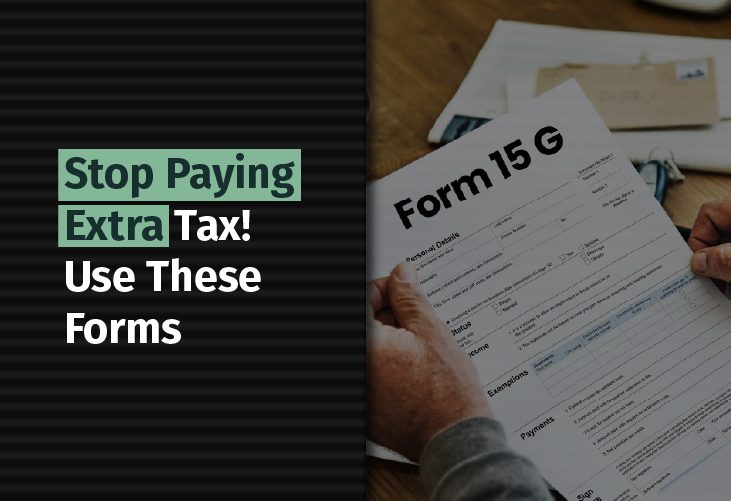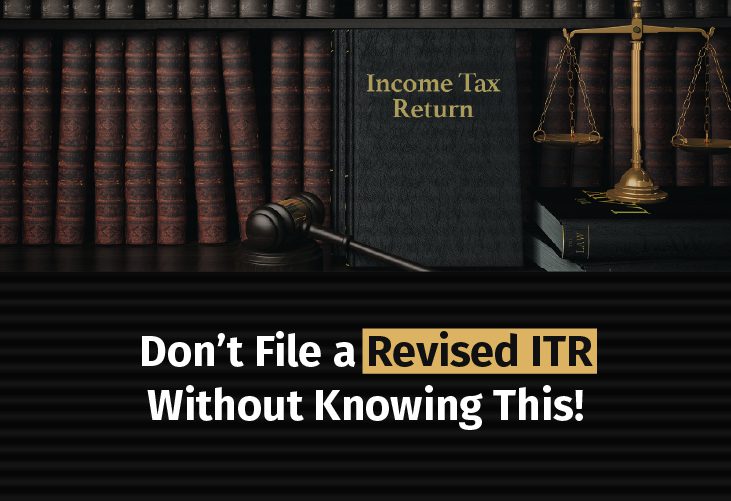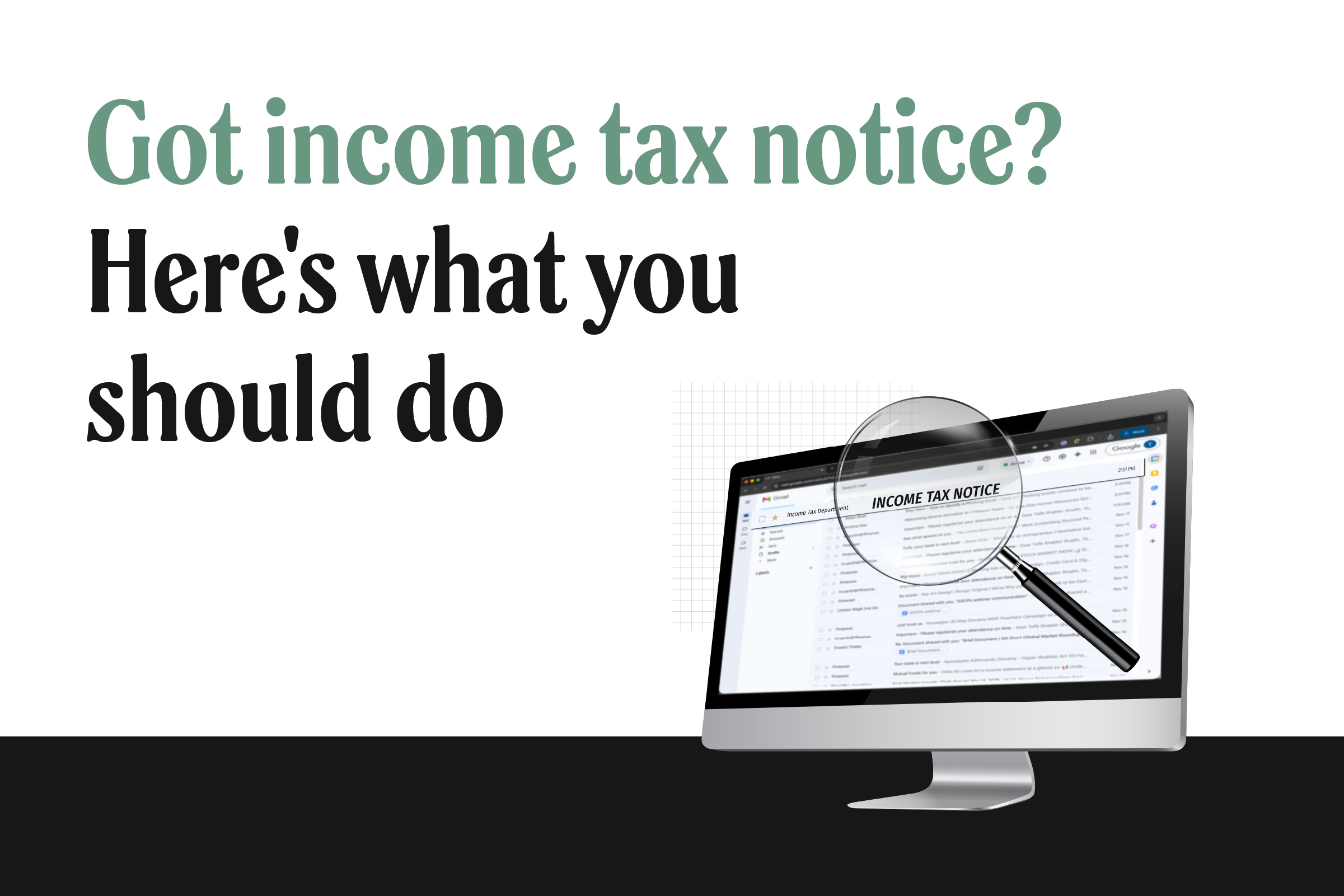If you have completed your tax filing for 2023-24 and are now looking to maximise your tax returns and benefits, you must have come across Form 15G and Form 15H. These forms are an easy way to lessen and, in some cases, completely avoid your tax liabilities with a fully legal route.
However, they need to be submitted on time, and that is long before you sit to file your ITR for the previous year. So, if you want to save up quite a stash during your 2024-25 filing, keep on reading to understand how these forms can be a game changer for you.
What are Forms 15G and 15H?
To learn what is Form 15G and 15H, first, you need to understand exactly what is TDS.
TDS or Tax Deducted at Source refers to the tax obtained right from the source of income to ensure tax obligations are being met. However, if your total income is below the taxable limit, you may not owe any tax at all, making this deduction unnecessary.
With relevance to this, Form 15G and Form 15H are self-declaration forms that individuals can submit to their banks to avoid TDS on interest income. These forms are beneficial if your income is below the taxable limit, as they prevent the deduction of tax at source.
Key Differences between Form 15G and Form 15H
| Parameter | Form 15G | Form 15H |
| Eligibility | Individuals below 60 years of age | Senior citizens (60 years or above) |
| Income Criteria | Total income must be below the taxable limit | Total income must be below the taxable limit |
| Purpose | For non-senior citizens to prevent TDS on interest income | For senior citizens to prevent TDS on interest income |
| Basic Exemption Limit | ₹2.5 lakh | ₹3 lakh (for senior citizens), ₹5 lakh (for super senior citizens aged above 80) |
Why are Forms 15G and 15H Used?
If you’re unsure about how these forms can benefit you, here’s where they apply:
-
- Bank FDs: If the interest earned on your fixed deposit exceeds ₹40,000 (₹50,000 for senior citizens) in a financial year, banks are required to deduct TDS unless Form 15G/15H is submitted.
- Post office deposits: Just like your bank deposits, post offices deduct TDS on interest amounts credited. You can get out of paying it once you file these forms.
- EPF withdrawal: If you are a salaried individual and your provident fund balance exceeds ₹50,000 and is withdrawn before 5 years of service, submitting Form 15G/H can help avoid TDS.
- Corporate bonds: TDS is deducted on interest from corporate bonds if it exceeds ₹5,000.
- LIC policy maturity: On the maturity proceeds of an LIC policy, TDS is deducted, but submitting these forms can help avoid it if your income falls below the threshold.
- Non-salary income: In certain cases, Mention that Form 15G/15H can also be used to avoid TDS on rent, insurance commissions, and other non-salary income as long as you meet the eligibility criteria.
Eligibility Criteria
To submit Form 15G or Form 15H, you need to meet specific criteria given below.
Eligibility for Form 15G:
- Age: Must be below 60 years.
- Resident status: Must be a resident of India.
- Taxable income: Your total taxable income should be below the basic exemption limit (₹2.5 lakh for FY 2023-24).
- Interest income: The total interest income for the year should not exceed the exemption limit.
Eligibility for Form 15H:
- Age: Must be 60 years or older.
- Resident status: Must be a resident of India.
- Taxable income: Your total income should be below the basic exemption limit of ₹3 lakh (for senior citizens) or ₹5 lakh (for super senior citizens).
- Interest income: The interest income should not be enough to make your total income taxable.
Now, these forms must be submitted at the beginning of the financial year to ensure no TDS is deducted on interest throughout the year.
Parts of Form 15G & Form 15H
Both these forms are not as simple as they sound. You need to be thorough with your details and keep all your information handy to validate and authenticate your information. Both forms contain the following sections, which are mandatory to be filled: –
Part 1: Declaration by the individual
This part contains personal details such as:
- Name
- PAN number (mandatory)
- Address
- Nature of the income (interest from deposits, EPF withdrawal, etc.)
- Estimated income for the current year
- Details of other incomes for which Form 15G/15H is submitted
Part 2: Declaration by the bank/deductor
This part is filled out by the bank or the institution that receives the form. It confirms the receipt and acknowledgement of the form to ensure no TDS is deducted for the specified financial year.
How to Fill and Submit Form 15G & Form 15H
The best option to fill out Form 15G/15H is to download it and submit it on the web. Most banks and institutions offer online submission options, making it more convenient for customers.
After you enter your personal details, declare your income as estimated and validate it with all supporting documents. Here, do not forget to declare any interest amounts that you have earned. Next, submit the form at the start of your financial information, and you’re all set to access all associated benefits!
Smart tax planning is not about saving at the last minute—it’s about aligning deductions with your overall financial goals. Our Qualified Financial Advisor can help you structure your income and investments for maximum efficiency.
What Happens If I Fail to Submit Forms 15G and 15H?
If you are eligible to submit Form 15G/15H but fail to do so, the bank or institution will deduct TDS at 10% on the interest income that exceeds the exemption limit. However, if PAN is not submitted, TDS may be deducted at an even higher rate of 20%. In such cases, you can claim a refund while filing your income tax return if your income is below the taxable threshold.
In addition, please note that submitting false information on Form 15G/15H can result in additional interest and a penalty of 1% under Section 234C and other applicable laws.
Conclusion
By submitting Form 15G or 15H, one can prevent tax deduction at source (TDS) on interest income. However, it is important to understand the eligibility criteria and the process of filling and submitting these forms in the correct manner. Hopefully, this blog helped you understand the whole process in a detailed manner. You can also seek advice from a finance expert to avoid any errors while filling and submitting Form 15G or 15H.
Check out 1 Finance App to seek financial assistance from market experts who can help you navigate your finance journey very easily.







